Richard P J Lambert is a analogue photographer from Birmingham, who produces visually stunning and elegant imagery from his home town to his travels around the world. Richard first caught my eye a couple of years ago on Flickr and I’ve continued to follow, admire, and feel inspired by his work ever since.
The photographs he takes have an aesthetic rawness to them, a real grittiness but pure, unadulterated beauty too. It’s as if Richard produces a whole other realm that visually you can get absorbed into by just simply viewing his pictures. From vibrate colours to black and white, Richard fills his photographs with life and not only captures, he creates bewitching and exquisite work that you can’t help but gaze over.
Richard has kindly taken the time to answer a few questions I’ve put to him about his work.
Richard P J Lambert Interview
When did you first get into shooting film photography?
My first ‘proper’ camera was an entry level DSLR – the pictures were fine but seemed flat, artificially sharp and I hated the sensor noise. More importantly, I didn’t feel involved or as if I was learning anything.
About 6 years ago, my girlfriend bought me an analogue camera and I loved it – the manual focus, grain and tactile nature of the process were all completely new to me. Not worrying about which menu to select was liberating and allowed me to concentrate on what really mattered. Also, old cameras look beautiful and I’m a magpie, so collecting them is fun too.
The choice of medium does not determine the quality of a photograph, but for me, traditional and alternative methods help record the way I see and think about the world.
I got a lot out of the ‘Some Cities’ darkroom course on the Moseley Road. It covers everything from loading, shooting, developing and printing in a weekend.
What inspired you to get experimental with your film? Such as souping and multi-exposure?
I’m drawn more to abstract art than representational, and film allows me to be experimental in a way that digital does’nt. All the special effects being ‘in-camera’, the moments captured really did happen, but not quite like the way it shows up on the negative.
It’s a bit like William Burroughs’ cut-up method, where he re-arranged found text to create new narratives. Double exposures play collage with the context and suggest new ways of reading the image. Burroughs thought cut-ups could be a way of divination saying, “When you cut into the present the future leaks out”.
Boiling film in chemicals or burying it the garden plays with the idea of photographs being literal, permanent memories. The process of destroying film uncovers new layers of meaning as the layers of the emulsion are literally stripped away. The pictures change organically showing memories as they really exist, never the same and always fleeting. They look cool too.
What camera do you carry round with you the most?
There is always a Yashica T4 in my bag, it’s only a point and shoot but you don’t need a super complicated camera or an incredible amount of technical knowledge to create a great picture. It is unobtrusive and the lens is dead sharp.
What is your favourite film to shoot with?
There is probably a different film in every camera, but my favourites are Kodak Portra for colour and T-Max for black and white.
For the stranger pictures, I find whatever expired slide film is available second-hand and get it cross processed (Provia 100 is amazing).
Lomography are always making bizarre films and their ‘Purple Chrome’ is fun to use. It emulates military infra-red film and turns what is green in reality into purple on film. It only works for certain situations but it forces you to think in a different way.
How frequently are you taking photos?
I always have a camera with me but working an unrelated day job not, I don’t make pictures as often as I’d like. Weekends are packed with picture taking and holidays tend to be diverted towards the more strangely photogenic places like long lost hotels in the Lisbon foothills or abandoned theme parks in Berlin.
What is your favourite subject to photograph?
Having photography as hobby means I can shoot whatever I want. Birmingham is pretty amazing to shoot – whether it’s walking with protest marches or seeing our eccentric skyline re-cycle itself, the city always challenges you to find a new perspective.
A great thing about photography is that it gives you an excuse to be present and participate in unusual situations and Like Hunter S Thompson said, “It never got weird enough for me”.
Website: www.richardpjlambert.com
Instagram: https://instagram.com/auspices/
Interview by Kate Hook for Grapevine Birmingham.



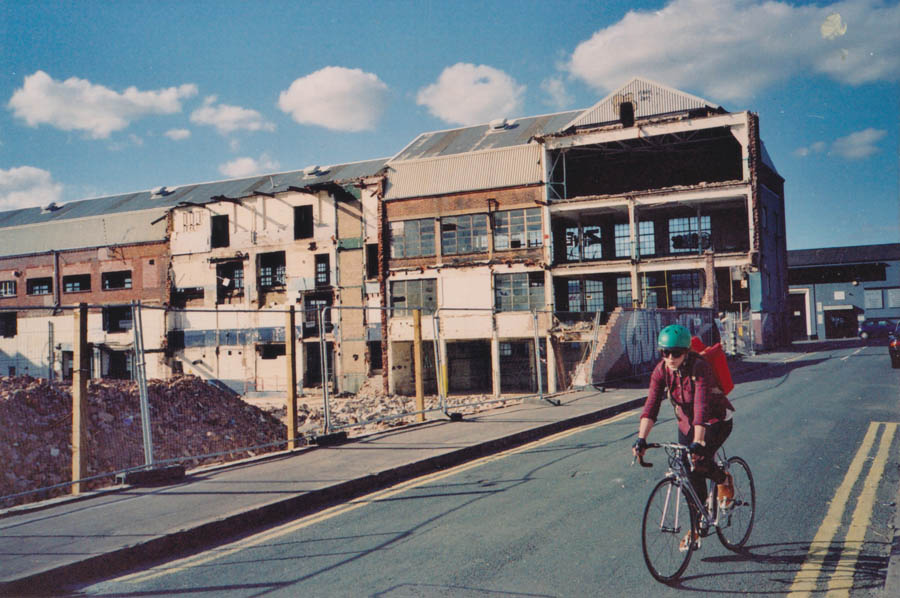
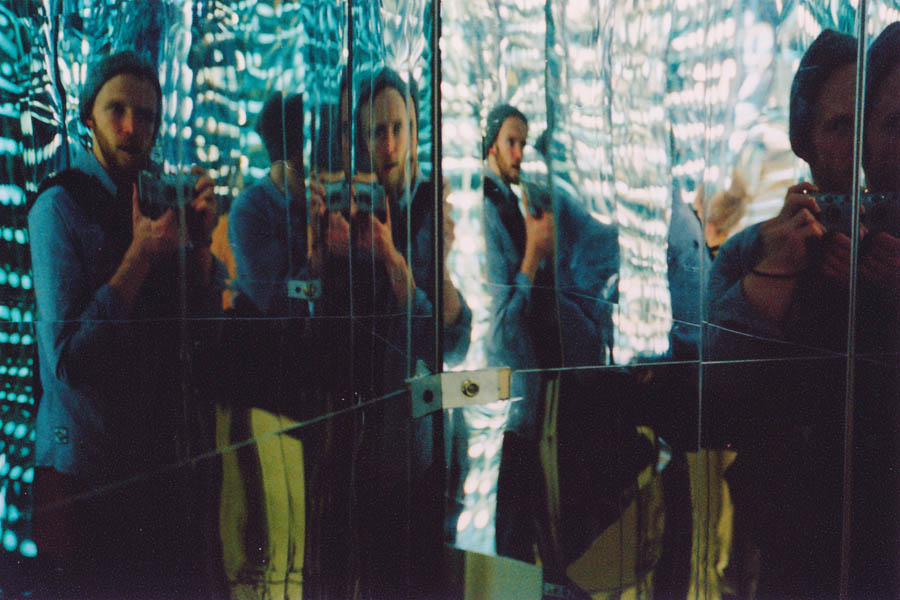
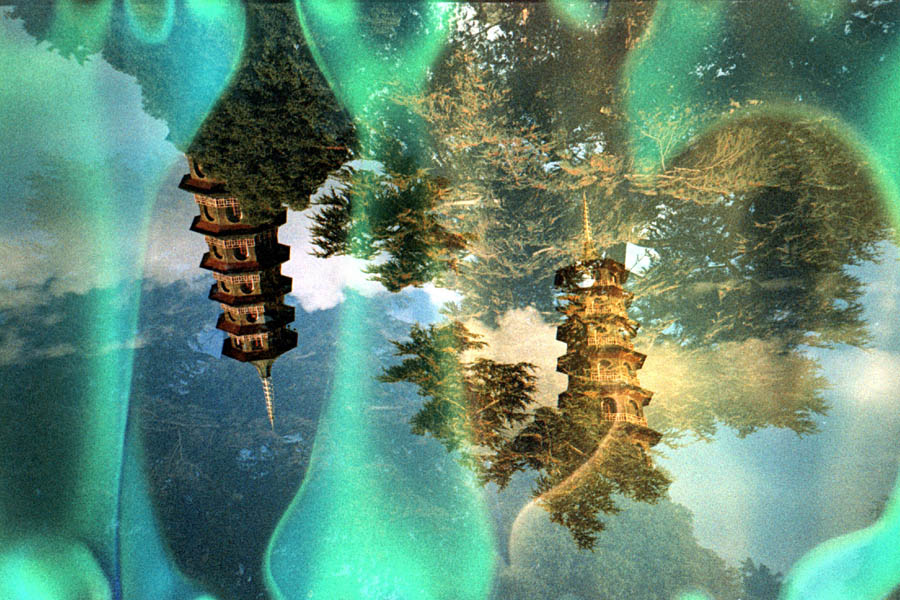
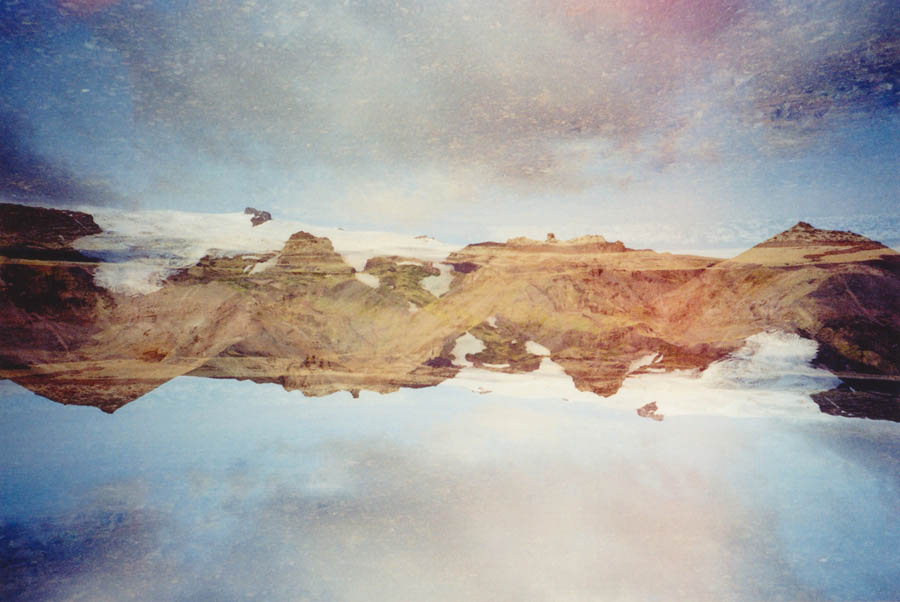


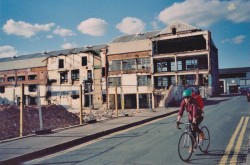
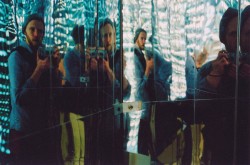
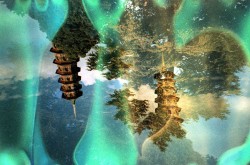
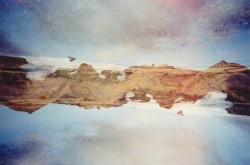
Reviews are disabled, but trackbacks and pingbacks are open.